- Home
- Articles
- Architectural Portfolio
- Architectral Presentation
- Inspirational Stories
- Architecture News
- Visualization
- BIM Industry
- Facade Design
- Parametric Design
- Career
- Landscape Architecture
- Construction
- Artificial Intelligence
- Sketching
- Design Softwares
- Diagrams
- Writing
- Architectural Tips
- Sustainability
- Courses
- Concept
- Technology
- History & Heritage
- Future of Architecture
- Guides & How-To
- Art & Culture
- Projects
- Interior Design
- Competitions
- Jobs
- Store
- Tools
- More
- Home
- Articles
- Architectural Portfolio
- Architectral Presentation
- Inspirational Stories
- Architecture News
- Visualization
- BIM Industry
- Facade Design
- Parametric Design
- Career
- Landscape Architecture
- Construction
- Artificial Intelligence
- Sketching
- Design Softwares
- Diagrams
- Writing
- Architectural Tips
- Sustainability
- Courses
- Concept
- Technology
- History & Heritage
- Future of Architecture
- Guides & How-To
- Art & Culture
- Projects
- Interior Design
- Competitions
- Jobs
- Store
- Tools
- More
Design Vibes – Get in Tune with the Coolest Architectural Trends of the Moment
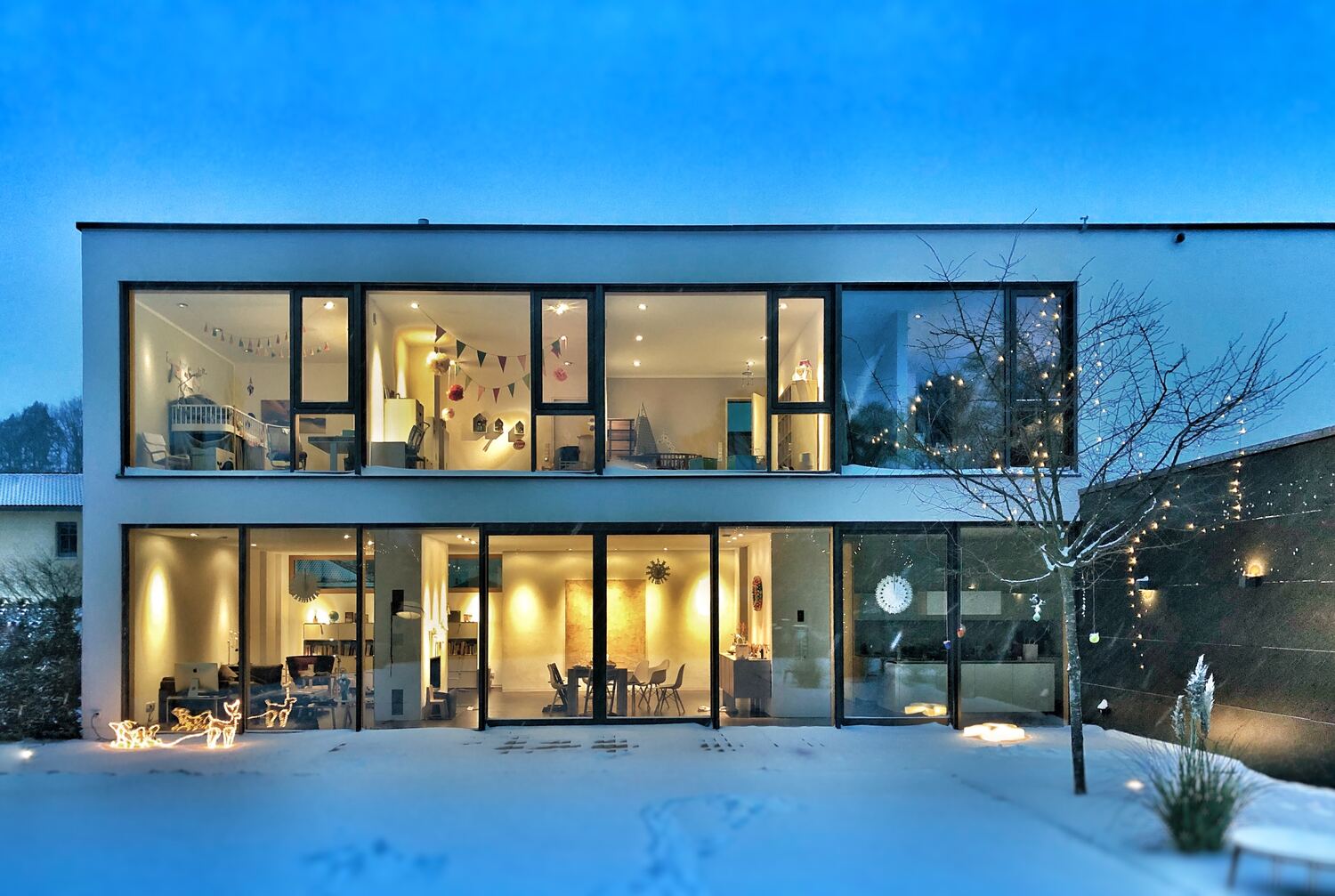
World-renowned architect Norman Foster once said: “As an architect, you design for the present, with an awareness of the past, for a future which is essentially unknown.” Every year a new range of architectural design trends take the world by storm. This year has been no different despite the various curveballs that have been thrown our way. While society as a whole is slowly moving towards a more sustainable existence, there are a host of other design trends that are also enormously popular. From industrial influences to an increased demand for smart homes, here’s a closer look at some of the most prominent home design trends making waves.
Industrial influences are designed to impress
Industrial aesthetics continue to feature frequently in home design. The trend is characterized by asymmetrical construction forms and the extensive use of wood, iron, iron works, aluminum, stainless steel, and even recycled plastic. Lines are typically very clean and surface elements are kept to a minimum. Exposed brick and plaster walls, concrete floors, beams, ducts, pipes, and columns are all also used to create masculine, industrialized overtones both in architectural and interior design. With a healthy dose of creativity and foresight, industrial design elements can transform anything from a traditional home to a loft apartment into architectural masterpieces.
What about the outdoors?
Creating a modern outdoor space nowadays requires more precision than ever before – mainly because clean lines, geometric shapes, and minimalist features are gaining mainstream popularity the world over. According to landscaping professionals at toddsmariettatreeservices.

Multi-purpose spaces remain a hot commodity
Spaces that serve multiple purposes continue to be one of the hottest trends in home design. Architects have been making a concerted effort to create multi-purpose living areas with an almost transparent border. Not only is this design approach aesthetically pleasing, but it also supplies the homeowner with added space that can be utilized. One of the most-seen multi-functional spaces is that of a utilitarian kitchen that features anything from a built-in study nook to an integrated dining area.
Even bathrooms are becoming increasingly multi-functional thanks to freestanding baths, shared showers, saunas, and make-up stations. Many homeowners are also opting to transform the flow and functionality of their current homes through extensive remodeling projects. While creating multi-purpose areas may entail a lot of work, enlisting the services of experienced remodeling contractors will make the project significantly less daunting.
Smart homes are in high demand
The demand for smart buildings is definitely on the increase. Thanks to the technological innovations of brands such as Amazon, Apple, and Google, home automation is more creative and easier to acquire than ever before. Architects are designing smart homes that will allow for the seamless integration of a very large variety of smart fittings and appliances.
When drawing up plans for a project that will boast automation, architects need to define the location of the control hub as well as switches and fixed fittings such as lights and thermostats. Smart homes are not only popular because of the increased sense of opulence and comfort, but also because of boosted practicality. Smart home security systems, for example, skyrocketing in popularity as the need for increased personal safety increases.
Every year new architecture-led home design trends take the world by storm. Although this year is no different, only time will tell which of these trends will have staying power and which will simply fade into oblivion by next year.
illustrarch is your daily dose of architecture. Leading community designed for all lovers of illustration and #drawing.
Submit your architectural projects
Follow these steps for submission your project. Submission FormLatest Posts
Shipping Containers as Functional Infrastructure on Construction Sites
Construction sites are temporary by definition, yet the systems that support them...
Understanding Site Safety Footwear in Architectural Practice
Architecture is often discussed through drawings, models, and finished buildings, yet a...
General Arrangement Drawings in Architecture: The Backbone of Clear Design Communication
General Arrangement Drawings explained: what they are, when to use them, how...
The Ultimate Guide to Fencing in North Dakota: Choosing the Best Fence for Your Property
Watching a chain link fence twist in 70 mph winds near Minot...




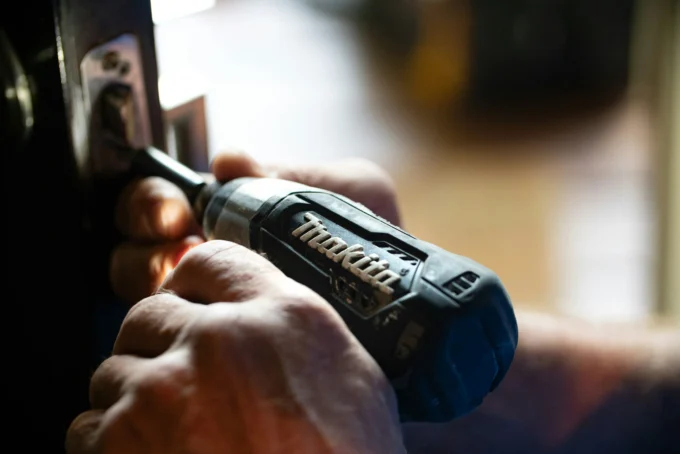



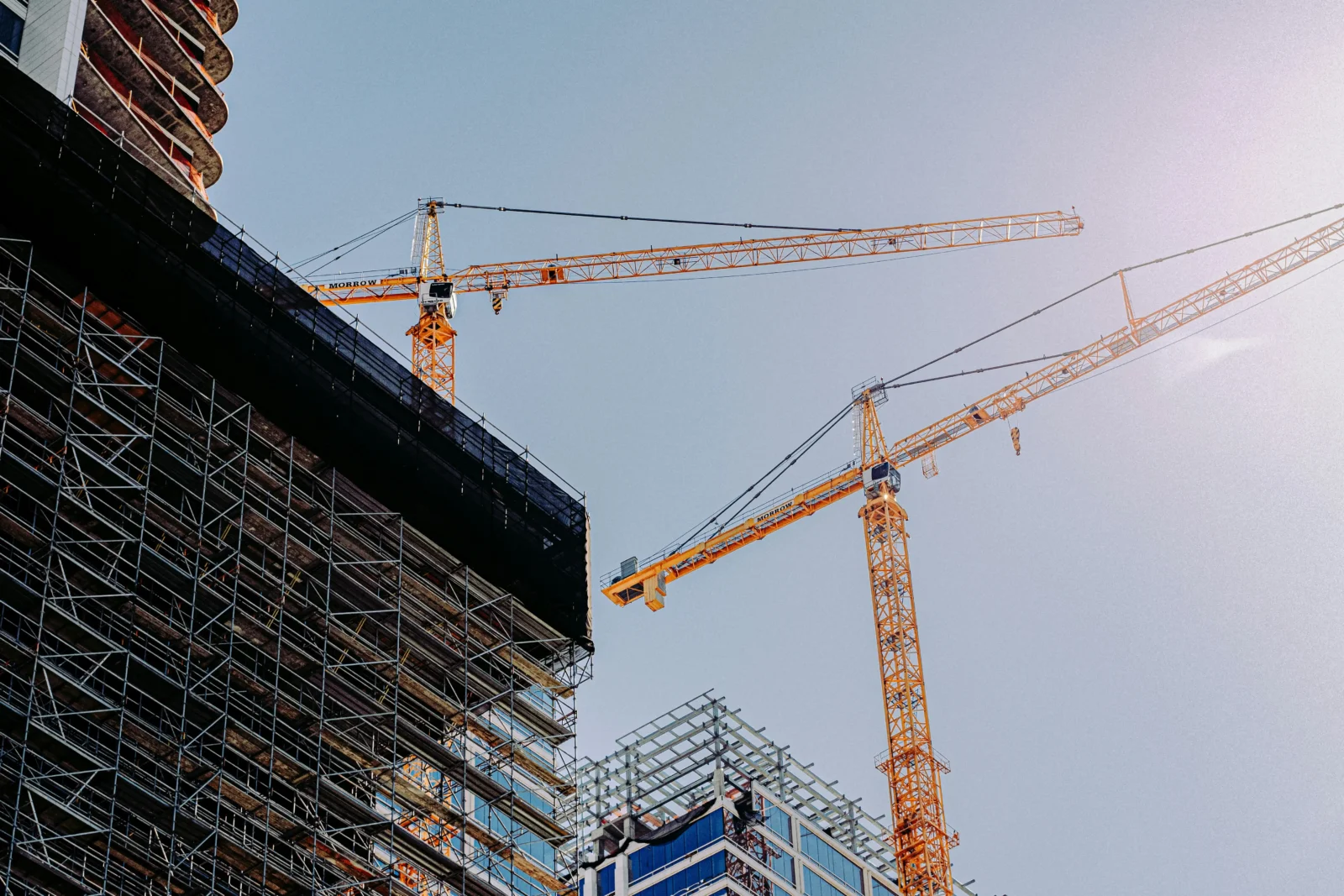
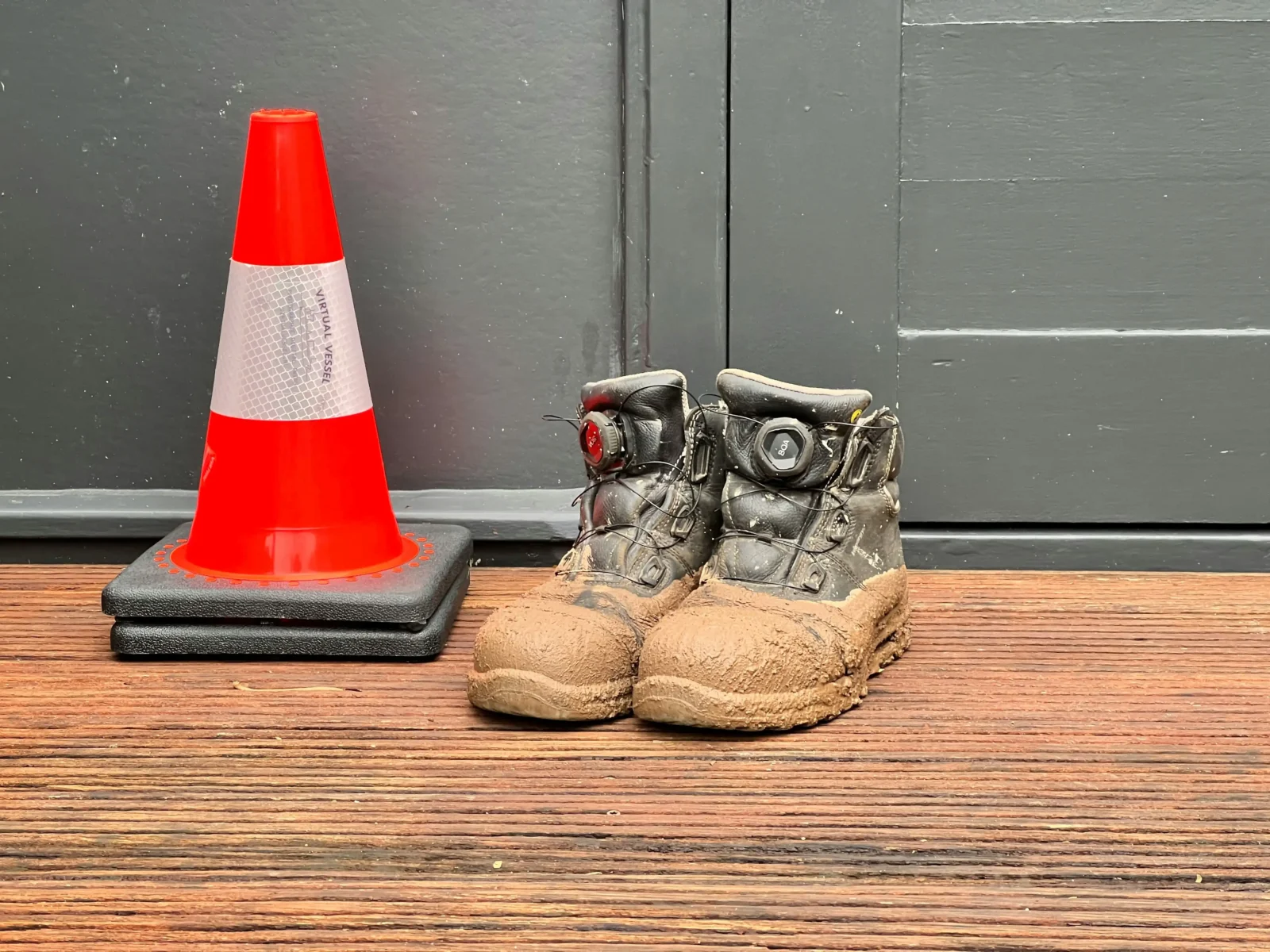
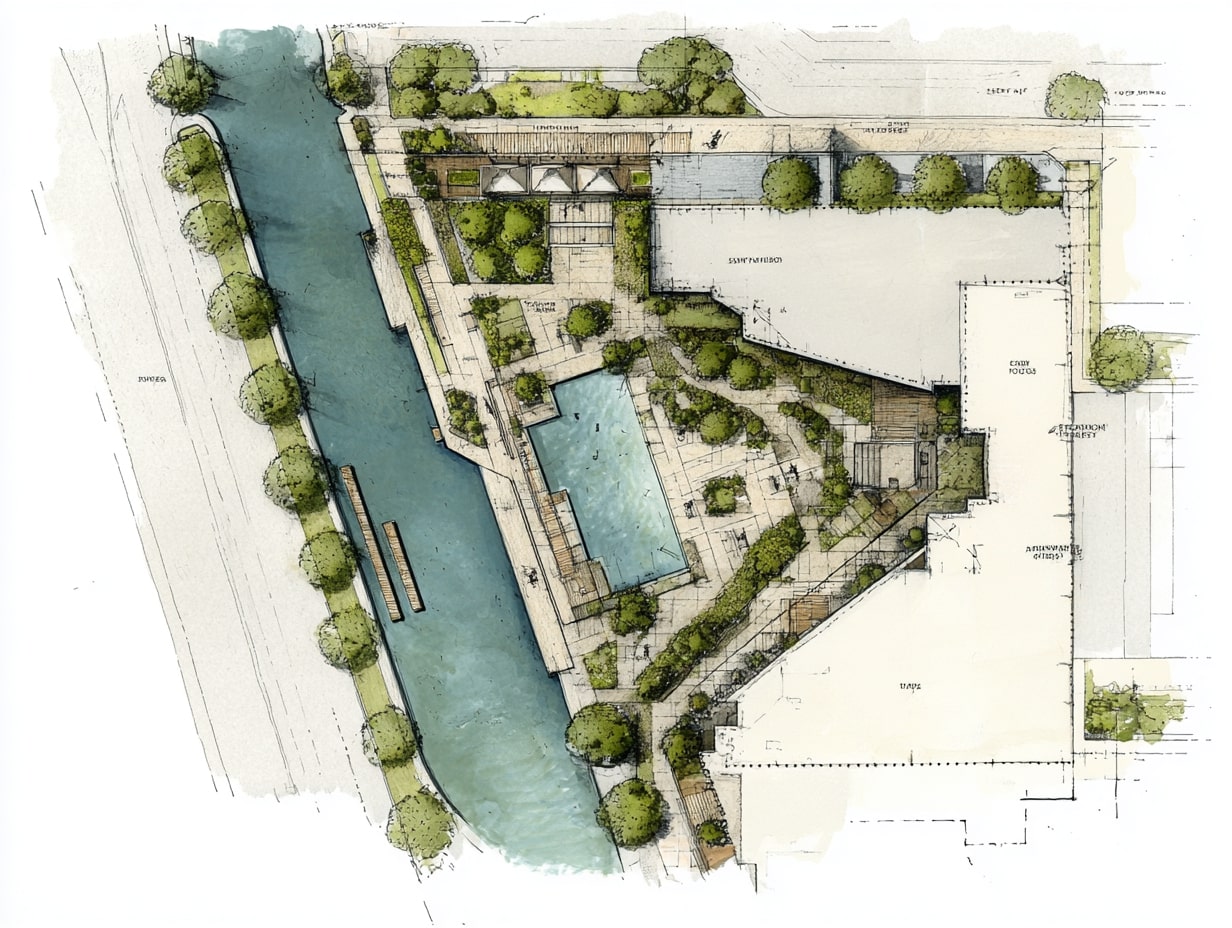

Leave a comment